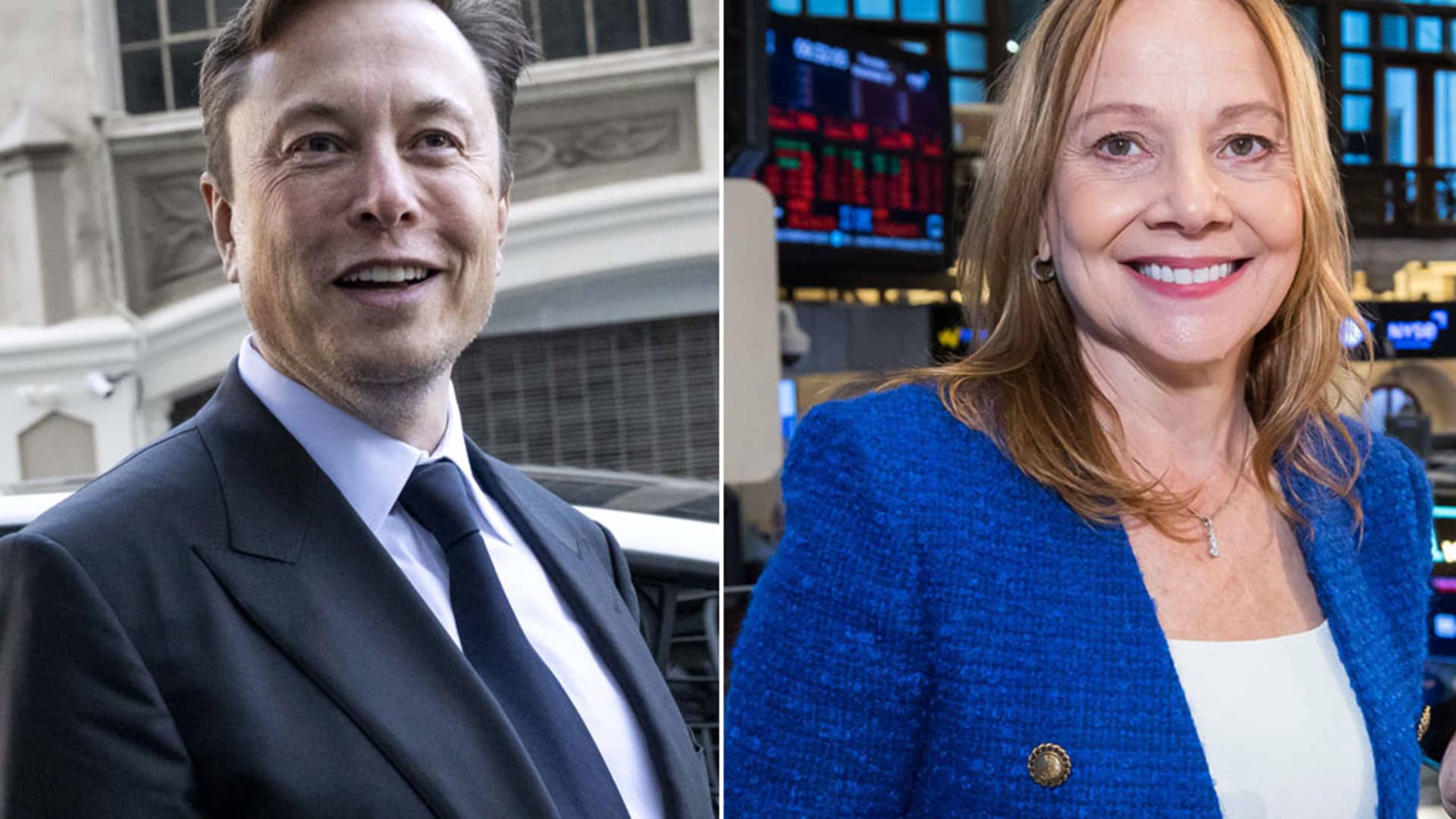With the recent news of Ford, GM, Rivian - and presumably others - moving to adopt Tesla's NACS plug and therefore be able to use the SuperCharger network (that is presumably v3 SuperChargers) starting circa 2024/2025, what's your best guess as to what impacts, if any, this will have on Tesla drivers?
To state the obvious: opening up the Supercharger network to Ford, GM, Rivian, and others, leads one to suspect an increase in demand for Superchargers.
Thus Increasing demand of [x] without increasing supply of [x] by a similar amount suggest more competition for [x], all else being equal. (duh, right.)
But if we assume TSLA's got at least a year to buildout (i.e. install new locations and/or add more stalls to existing locations) the Supercharger network, one can reasonably speculate if the increase in raw supply will be enough to offset the presumed increase in raw demand - hence the poll attached to this thread.
There's also nuance factors a play as well. For example, depending upon how GM, Ford, Rivian, etc., integrate charging availability into their cars and 'supercharger mission control', dynamic supercharge load balancing may become possible and effective.
Said in english, if an EV driver with a NACS plug is doing a roadtrip and knows s/he'll need to charge at least once in about an hour or so driving in-between two major metros and has three potential superchargers to choose from, the nav system - regardless of manufacturer - would suggest the one anticipated to have the least demand on arrival.
The driver could of course still opt to charger wherever s/he wanted to, but the base suggestion would be balanced to take its best guess for anticipated future usage and whatever relevant data could be shared with the driver to assist him/her (e.g. there are currently 7 out of 20 free stalls. As of right now 12 other drivers are enroute to this charger and your anticipated wait time when you arrive in 1h10m is less than 5m, based on current data.)
Another nuance angle is dynamic pricing within a range - Superchargers known to generally be busy carry a cost premium compared to close by ones who do not.
The second 'nuanced' ideas are more in line with helping Tesla use what they've already got - and while I do think such things will prove useful - I do not think just these by themselves will be enough to manage/allocate increased demand to existing supercharger bays. My guess is Tesla will have to accelerate its SC network buildout as more base/raw supply will be needed even if advances can be (and should be!) made to optimize usage of current capacity.
Lastly there's the 3rd party angle - with other manufactures opting to buildout their own DC chargers (Rivian announced they'll be opening up their network to Tesla drivers) as well as EVgo, ChargePoint, etc. adding NACS to their offerings, there's an argument to be made this represents another avenue of supply reaching the market. Don't know enough one way or the other to do odds on this but should be noted
My guess is with more vehicles being placed into NACS service, TSLA can make a stronger case to allocate additional CapEx to beef up the Supercharger network. Again like with the 3rd party options coming online I don't know how to place odds on this but would speculate Tesla is (or has) drawn up plans for the anticipated pain/congestion points, the balance between supply and demand can remain reasonable...that is drivers are ideally not waiting at all...for their turn to charge.
Curious to hear what the collective wisdom of the community thinks - at least as of mid 2023.
Other relevant threads:
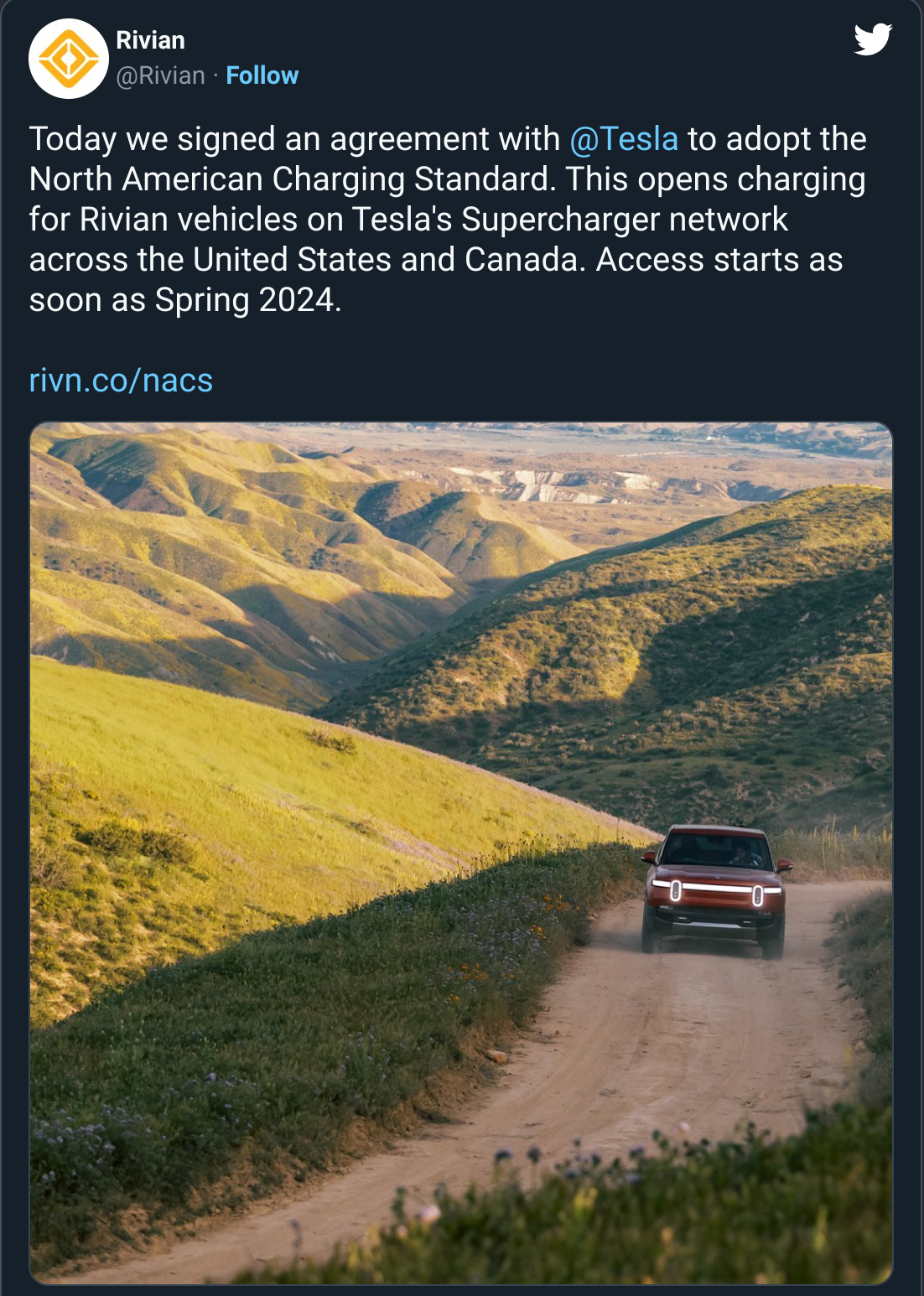
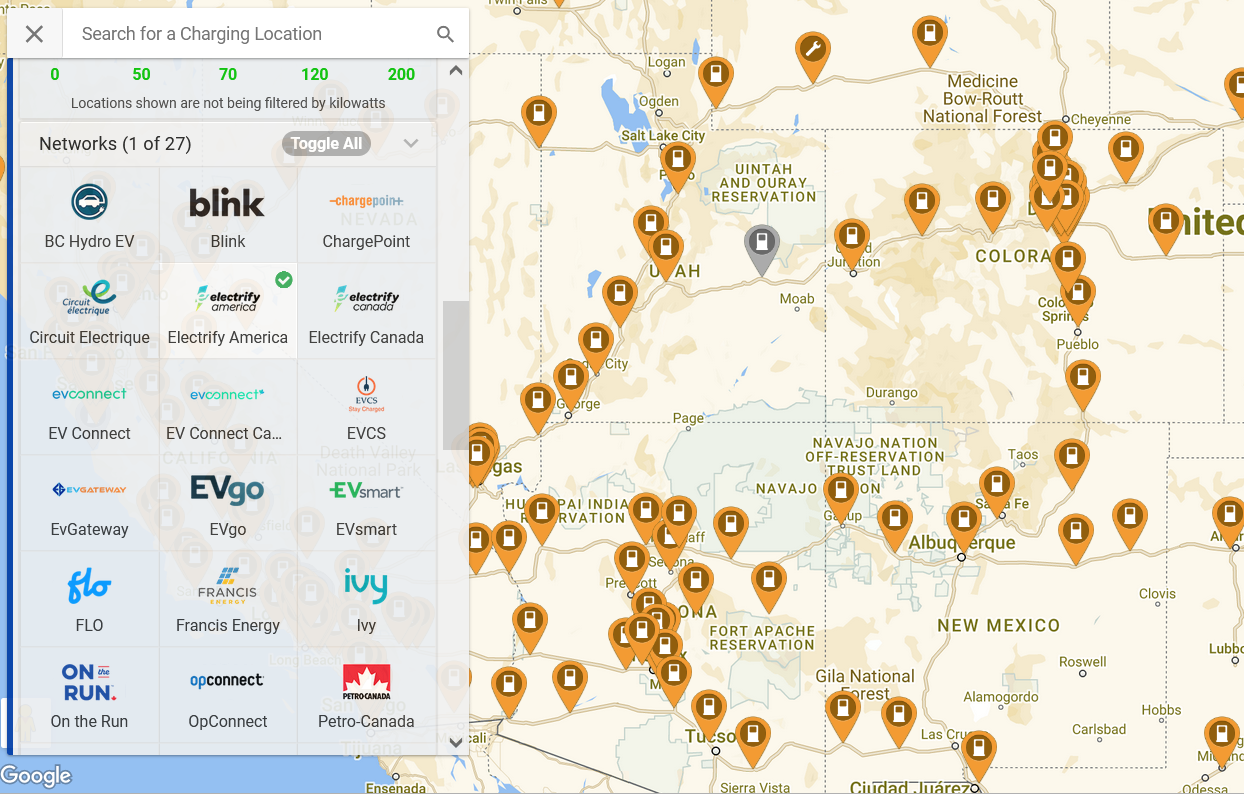
 teslamotorsclub.com
teslamotorsclub.com
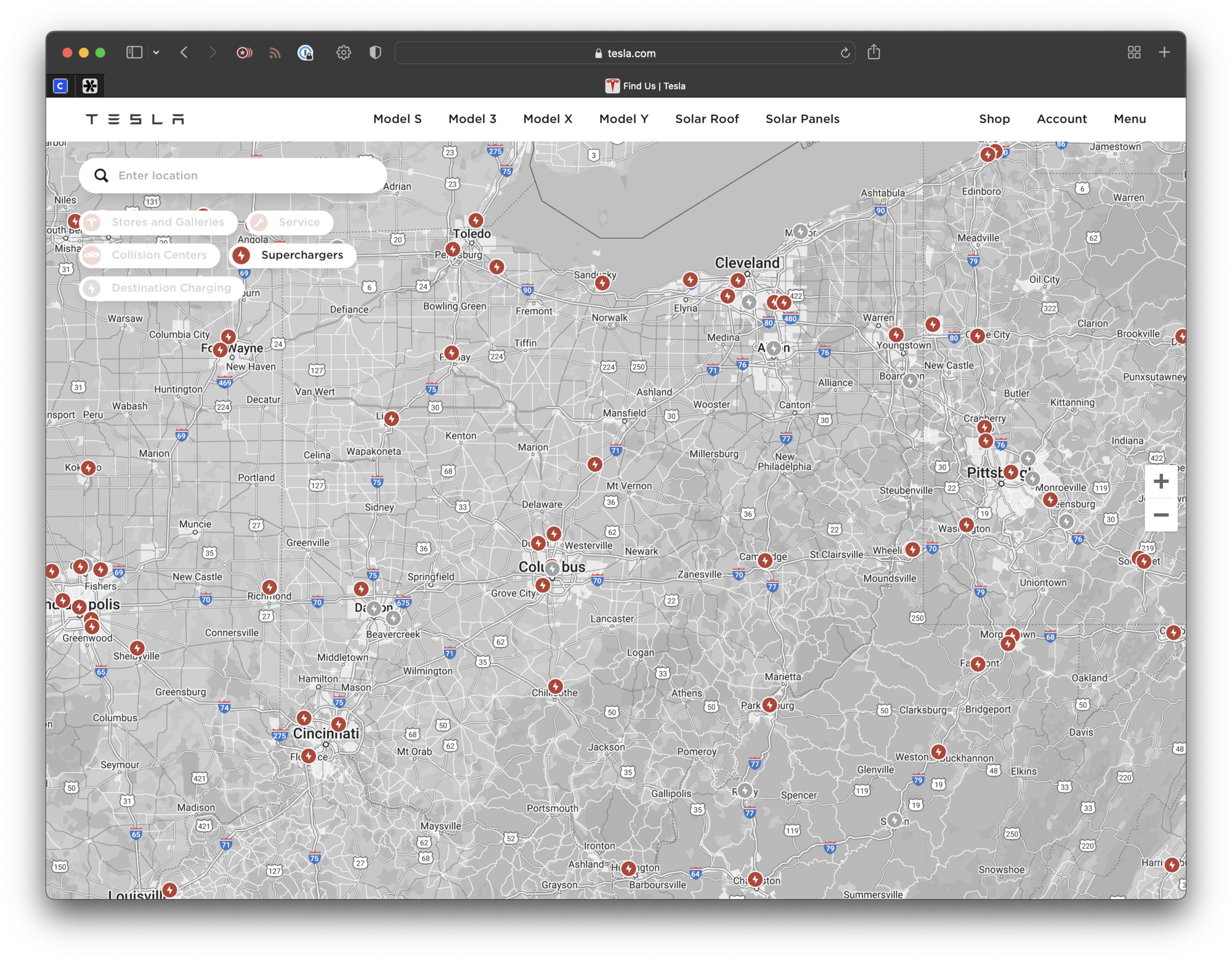
 teslamotorsclub.com
teslamotorsclub.com

 teslamotorsclub.com
teslamotorsclub.com
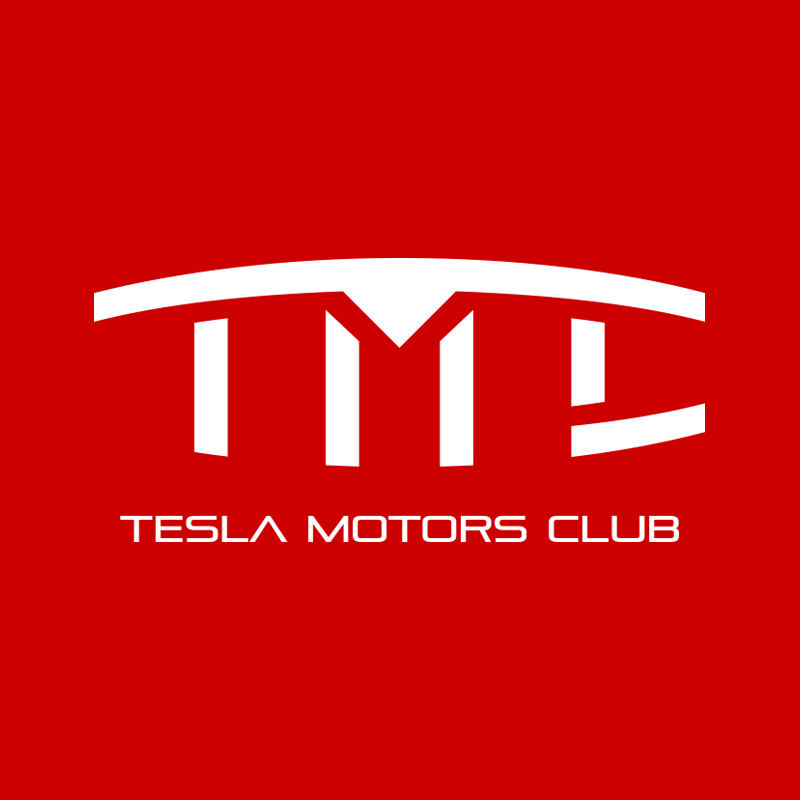
 teslamotorsclub.com
teslamotorsclub.com


Admin note: Imaged added for Blog Feed thumbnail
"Tesla Supercharger" by Open Grid Scheduler / Grid Engine is marked with CC0 1.0.
To state the obvious: opening up the Supercharger network to Ford, GM, Rivian, and others, leads one to suspect an increase in demand for Superchargers.
Thus Increasing demand of [x] without increasing supply of [x] by a similar amount suggest more competition for [x], all else being equal. (duh, right.)
But if we assume TSLA's got at least a year to buildout (i.e. install new locations and/or add more stalls to existing locations) the Supercharger network, one can reasonably speculate if the increase in raw supply will be enough to offset the presumed increase in raw demand - hence the poll attached to this thread.
There's also nuance factors a play as well. For example, depending upon how GM, Ford, Rivian, etc., integrate charging availability into their cars and 'supercharger mission control', dynamic supercharge load balancing may become possible and effective.
Said in english, if an EV driver with a NACS plug is doing a roadtrip and knows s/he'll need to charge at least once in about an hour or so driving in-between two major metros and has three potential superchargers to choose from, the nav system - regardless of manufacturer - would suggest the one anticipated to have the least demand on arrival.
The driver could of course still opt to charger wherever s/he wanted to, but the base suggestion would be balanced to take its best guess for anticipated future usage and whatever relevant data could be shared with the driver to assist him/her (e.g. there are currently 7 out of 20 free stalls. As of right now 12 other drivers are enroute to this charger and your anticipated wait time when you arrive in 1h10m is less than 5m, based on current data.)
Another nuance angle is dynamic pricing within a range - Superchargers known to generally be busy carry a cost premium compared to close by ones who do not.
The second 'nuanced' ideas are more in line with helping Tesla use what they've already got - and while I do think such things will prove useful - I do not think just these by themselves will be enough to manage/allocate increased demand to existing supercharger bays. My guess is Tesla will have to accelerate its SC network buildout as more base/raw supply will be needed even if advances can be (and should be!) made to optimize usage of current capacity.
Lastly there's the 3rd party angle - with other manufactures opting to buildout their own DC chargers (Rivian announced they'll be opening up their network to Tesla drivers) as well as EVgo, ChargePoint, etc. adding NACS to their offerings, there's an argument to be made this represents another avenue of supply reaching the market. Don't know enough one way or the other to do odds on this but should be noted
My guess is with more vehicles being placed into NACS service, TSLA can make a stronger case to allocate additional CapEx to beef up the Supercharger network. Again like with the 3rd party options coming online I don't know how to place odds on this but would speculate Tesla is (or has) drawn up plans for the anticipated pain/congestion points, the balance between supply and demand can remain reasonable...that is drivers are ideally not waiting at all...for their turn to charge.
Curious to hear what the collective wisdom of the community thinks - at least as of mid 2023.
Other relevant threads:
EVgo Announces Plans to Expand NACS Deployments
EVgo Inc. (NASDAQ: EVGO) (“EVgo” or the “Company”), one of the nation’s largest public fast charging networks for electric vehicles (EVs), today announced that the company will be adding North American Charging Standard (NACS) connectors to its fast charging network across the country following...
GM partners with Pilot to install chargers at up to 500 travel centers nationwide
General Motors Co. and Pilot Travel Centers LLC are collaborating to add 2,000 electric vehicle charging stalls at up to 500 Pilot and Flying J travel centers, the companies said Thursday. The DC fast charging coast-to-coast network will be installed, operated and maintained by EVgo, a charging...
GM just adopted NACS 🤯🤯🤯
GM just adopted NACS!!! 🤯🤯🤯🤯 https://twitter.com/i/spaces/1OwxWwQOPlNxQ
Now that the charging standard war has ended, can we focus on...
...the quality of charging stations? I would gladly spend an extra 10cents per kwh for a quality, well-lit station, with pull-thru spots, with trash, windshield cleaners, 24hr clean bathrooms, and amenities. I mean real gas station type locations. Can we get some movement or investment for...
Admin note: Imaged added for Blog Feed thumbnail
"Tesla Supercharger" by Open Grid Scheduler / Grid Engine is marked with CC0 1.0.



